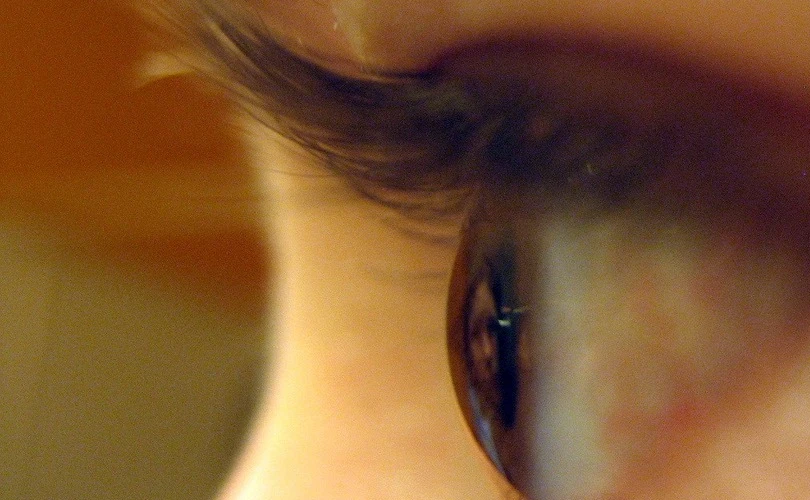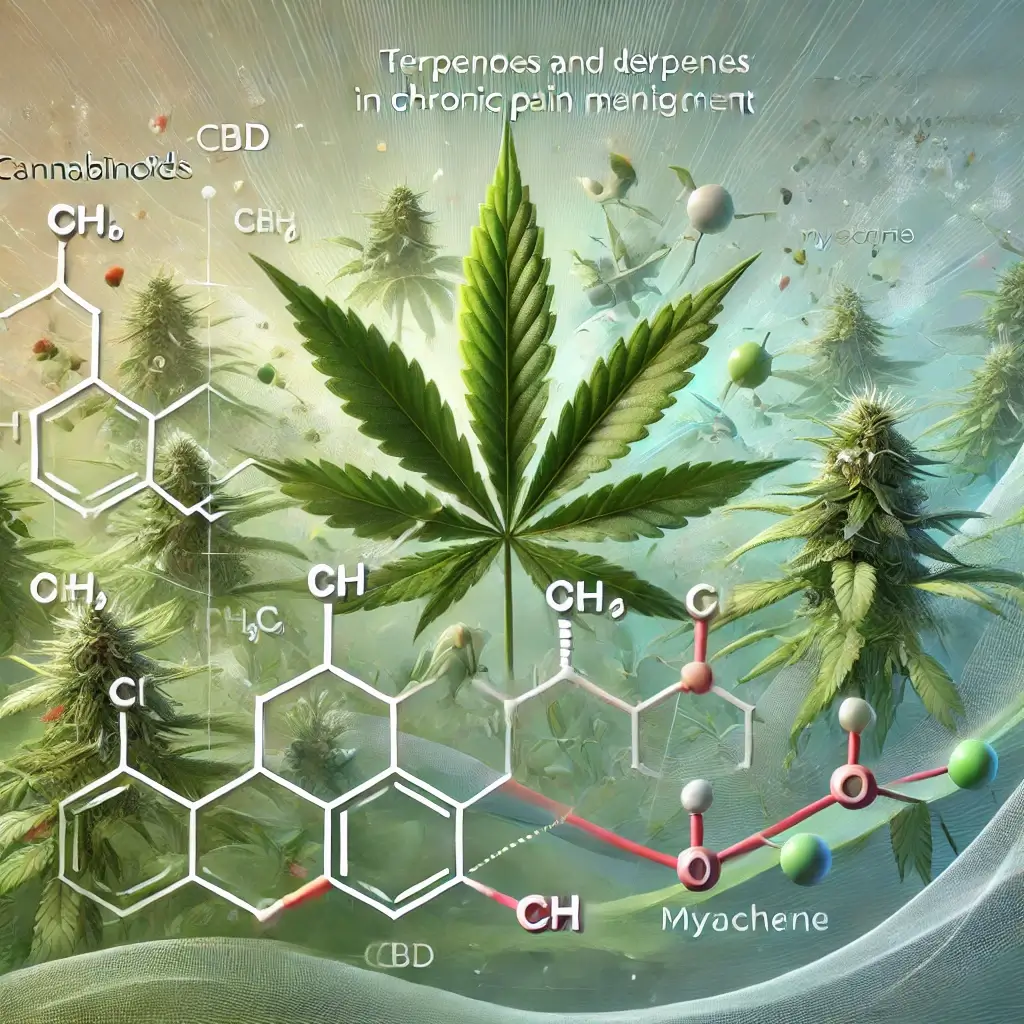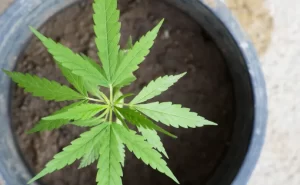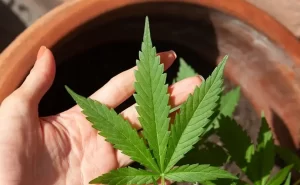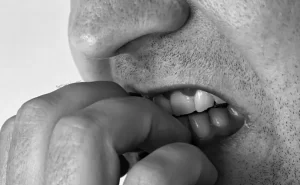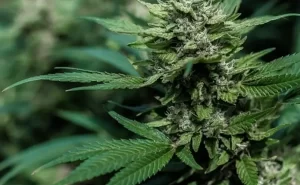Medicinal Marijuana and Intraocular Pressure
Several research have looked at the possibility of using cannabis to treat glaucoma. Here are a few of the most noteworthy studies:
Science reported in 1971 that glaucoma patients who smoked cannabis had a 25% reduction in intraocular pressure (IOP).
First shown in 1971, researchers showed that most patients inhaled THC’s effect of lowering intraocular pressure (IOP) lasted two to four hours.
Despite the trial’s limitations, which included healthy volunteers as controls, it piqued interest in the potential of THC as a treatment for glaucoma.
More studies in the ’70s and ’80s found that intravenous and oral administration of THC both reduced IOP.
Intraocular pressure (IOP) was unaffected by topical application of THC as an eye drop. However, research has shown that cannabidiol (CBD) may not lower intraocular pressure and may potentially increase it.
The societal stigma and marijuana’s designation as a Class I narcotic meant that there was a lack of fresh research on the drug for decades. Recent research by Mosaed et al. verified that inhaled THC reduced intraocular pressure by 15% for 3 hours on average.
In 1989, researchers in the journal Survey of Ophthalmology discovered that glaucoma patients who were not responding to traditional therapies might reduce intraocular pressure (IOP) by smoking cannabis.
Researchers
Researchers in 2006 demonstrated that glaucoma patients might successfully lower their intraocular pressure (IOP) by vaping cannabis.
In 2018, researchers in the journal Cannabis and Cannabinoid Research discovered that glaucoma patients whose dosage of cannabis was high were able to lower their intraocular pressure (IOP) significantly.
Evidence from this research points to cannabis’ potential to lower intraocular pressure (IOP), a key determinant of glaucoma risk. To know whether cannabis is safe and effective for glaucoma therapy in the long run, however, further study is required.
Other Things to Think About
There are a few considerations to bear in mind despite the encouraging cannabis studies for glaucoma:
Dry mouth, red eyes, vertigo, and decreased coordination are some of the adverse effects that cannabis can induce.
Other drugs may have an adverse reaction to cannabis.
Lung damage can occur from smoking cannabis.
For glaucoma, cannabis does not work as a remedy.
Consult your physician about the advantages and hazards of consuming cannabis if you suffer from glaucoma.
In Summary
An exciting new glaucoma therapeutic option is cannabis. It would help if you discussed the pros and cons of taking cannabis for glaucoma with your doctor before beginning treatment.
